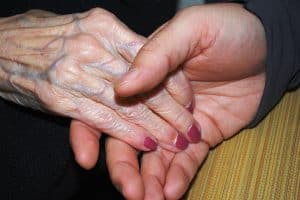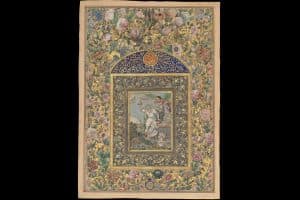By Ruby Forrester
Purim is a holiday that commemorates the story of Queen Esther, who saved Jews from persecution during the Persian Period (539-330 BC). Jews from across the world observe this holiday in many ways to celebrate Queen Esther’s triumphs as a wholly joyous occasion.
When is Purim?
Purim is on the 14th day of Adar, the 12th month in the Hebrew calendar. Changes in the solar calendar mean the specific date of Purim changes each year. However, in the Gregorian calendar it always falls between February and March. Celebrations begin at sundown and end 24 hours later. In 2023, Purim is celebrated from the evening of 6 March to sundown on 7 March.
History of Purim
The origins of Purim can be found in the Book of Esther in the Hebrew Bible, a story of success and survival. It tells the story of a young Jewish woman who marries King Ahasuerus and becomes the Queen of Persia. During the Persian Period, Jewish people had many enemies and faced persecution. In her story, Esther hides her Jewish identity to protect herself, but when a court official named Haman convinces the king to authorise a massacre against all Jews, Esther reveals her identity and dissolves the violence against the Jews of the empire. She is thus known as a beloved character in the Jewish faith and provides hope against persecution.
How is Purim Celebrated?
Before Purim begins, there is a fast day which marks the Fast of Esther. She fasted before she approached the King to ask him to save the Jews.
One of the most important traditions within Purim celebrations is the reading of The Megillah of Esther — the Book of Esther. It is customary that on Purim night, the story of Esther is told in full and when Haman’s name is mentioned Jews should make loud noises to drown him out. Many cheer the name of Mordechai, a hero within the Purim story.
Ritual foods are another crucial part of Purim celebrations and are traditionally prepared and eaten at seudah — large feasts and banquets. One of the most popular dishes at Purim is hamantaschen; a triangular-shaped pastry filled with either poppy seed paste and powidl, or prune jam. The sweet dessert gets its name from the villain in Esther’s story, Haman, and is commonly associated with either Haman’s triangular-shaped hat or his ears. Poppy seeds, nuts, and legumes are key ingredients in many Purim dishes. Some Jews suggest that consuming poppy seeds is a way to celebrate and honour Esther. In addition, the Story of Esther states that she did not have access to kosher foods during her time in the palace and was therefore forced to live on nuts and seeds. Considering this, many Jews now honour Esther by consuming these foods during Purim.
In chapter nine, verse 19 of The Book of Esther, it states that “sending portion to one another” is encouraged. During Purim, Jews are taught to give back to the people around them, including charities, friends and family. A popular way of honouring this part of Esther’s story is through the sending of mishloach manots, otherwise known as Purim baskets. These are gift baskets filled with food and drink that are given to family and friends on Purim day.
Separately, Jews must give Matanot L’evyonim, charity to the poor on Purim. It is a positive Rabbinic law that people should give gifts to two poor people on Purim.
A popular tradition includes dressing up in various costumes to celebrate how Esther concealed her Jewish identity throughout the first half of her story. This tradition is where Purim gets the nickname “Jewish Halloween”. Many Synagogues encourage children to dress up and engage in plays known as Purim spiels within their local communities. Traditionally, these re-enact the story of Purim.
For many Jews who identify as LGBTQ+, the story of Esther is viewed as a coming-out story. Queen Esther represents how individuals can only hide true parts of themselves temporarily and should always reveal the truth.
Useful links
Introduction to Purim
Queen Esther’s story for children




















